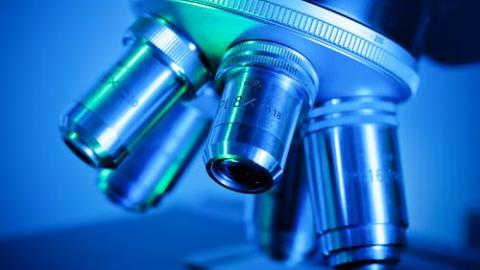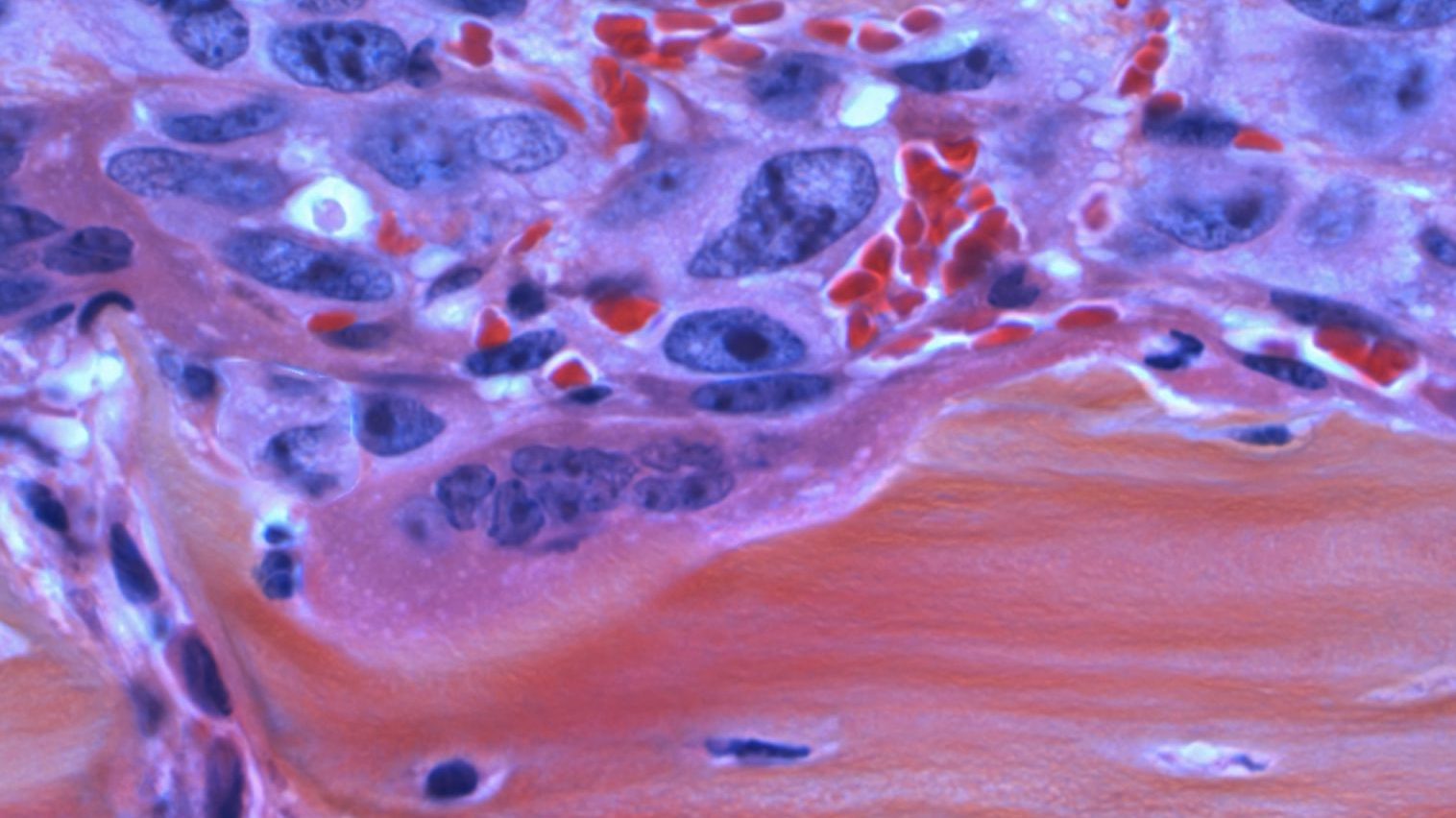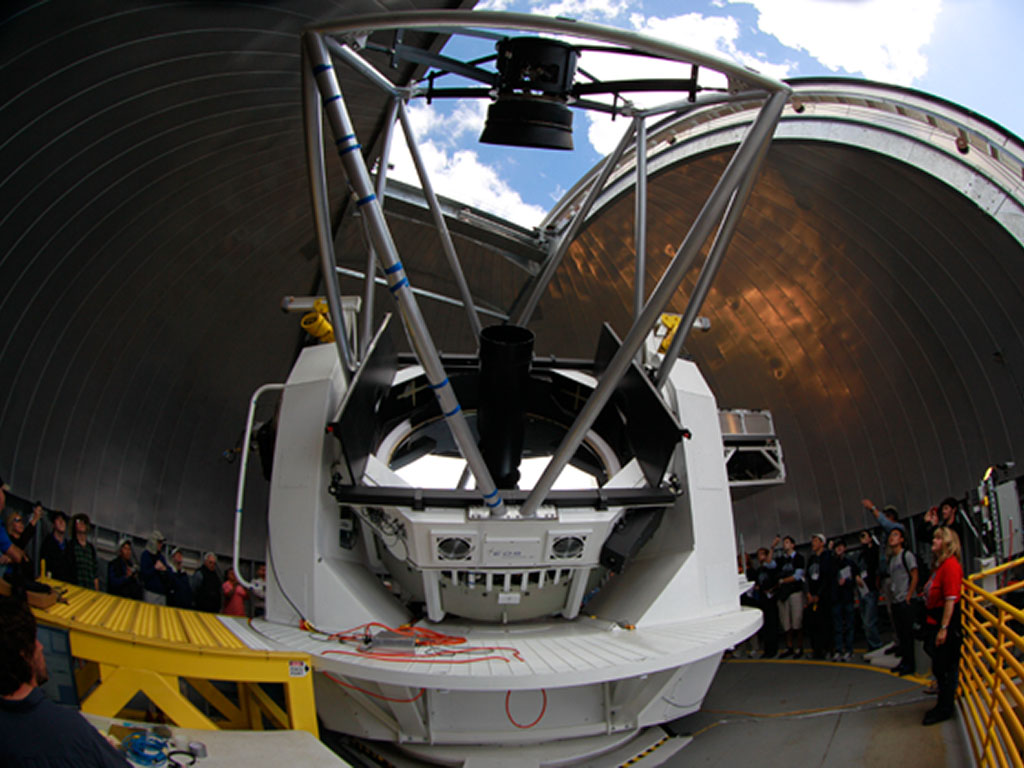Stopping Cancer Before it Starts

What’s the Latest Development?
A new medical technique which examines how cells interact with light can possibly spot mutations in DNA that forecast diseases like cancer and Alzheimer’s. Called partial wave spectroscopic microscopy, the technique is particularly good at detecting changes in density in complexes like chromatin, a mix of DNA and proteins which changes in response to carcinogens or ultraviolet rays. A change in the density of chromatin, for example, may signal one is at higher risk for contracting skin cancer.
What’s the Big Idea?
To understand where cancer comes from and why it develops, scientists are looking to the body’s cell structure at the nano level. DNA mutations that may forecast disease “involve tweaks to structures that are less than 400 nanometres across, which is smaller than the wavelength of the visible light used in ordinary optical microscopy.” The hope is that partial wave spectroscopic microscopy could be used to screen the general population for early signs of cancer.
Photo credit: Shutterstock.com





